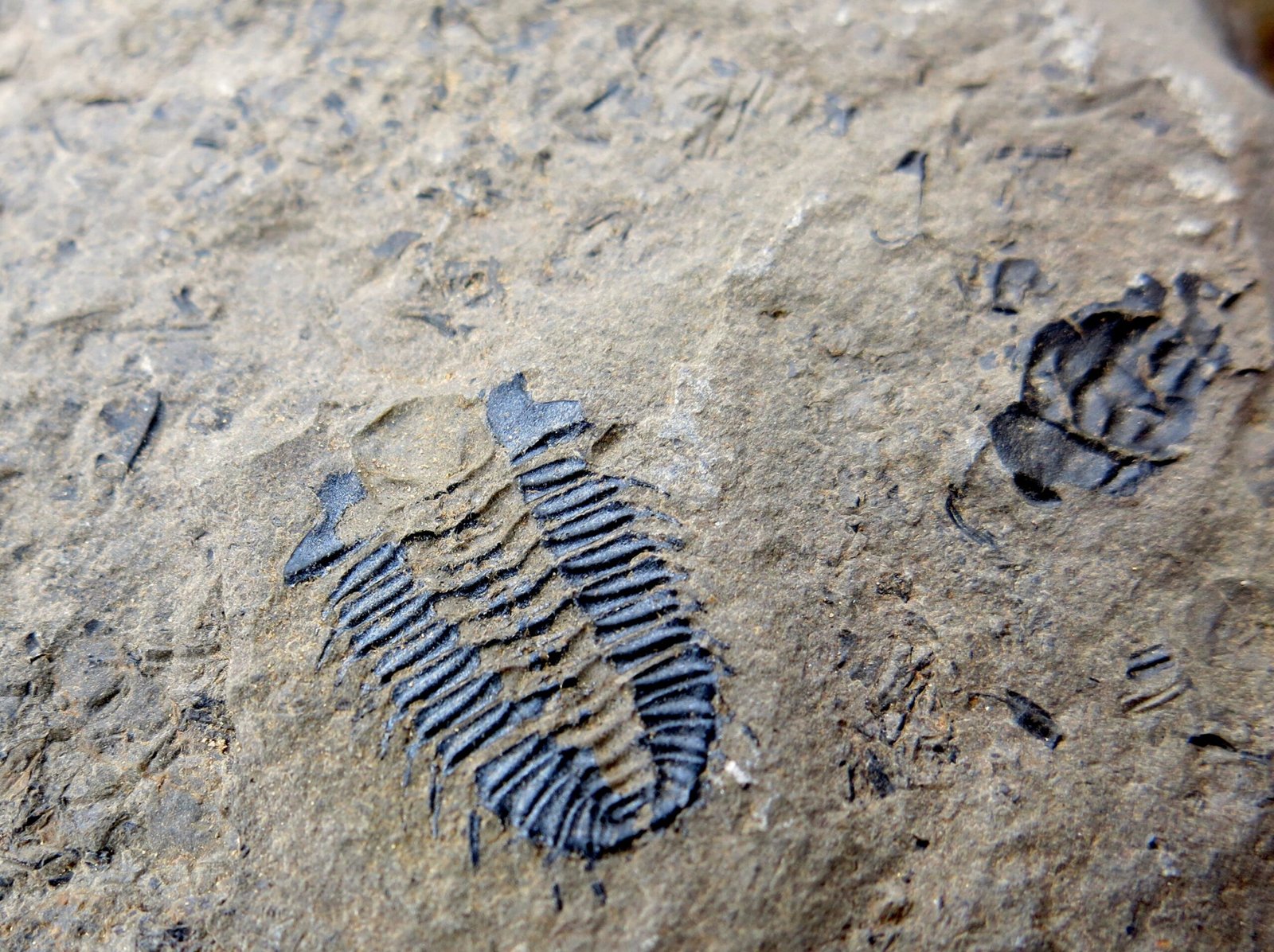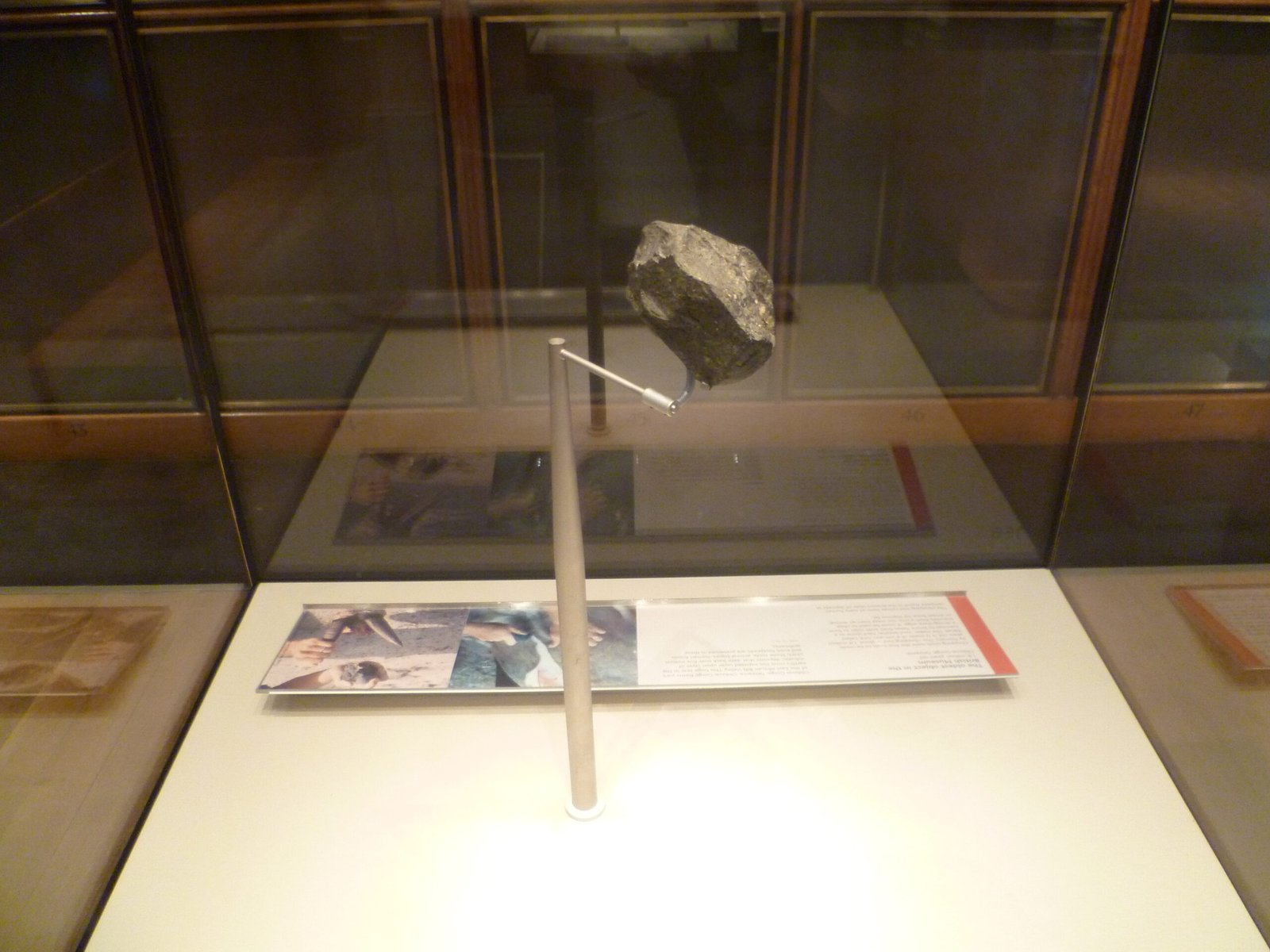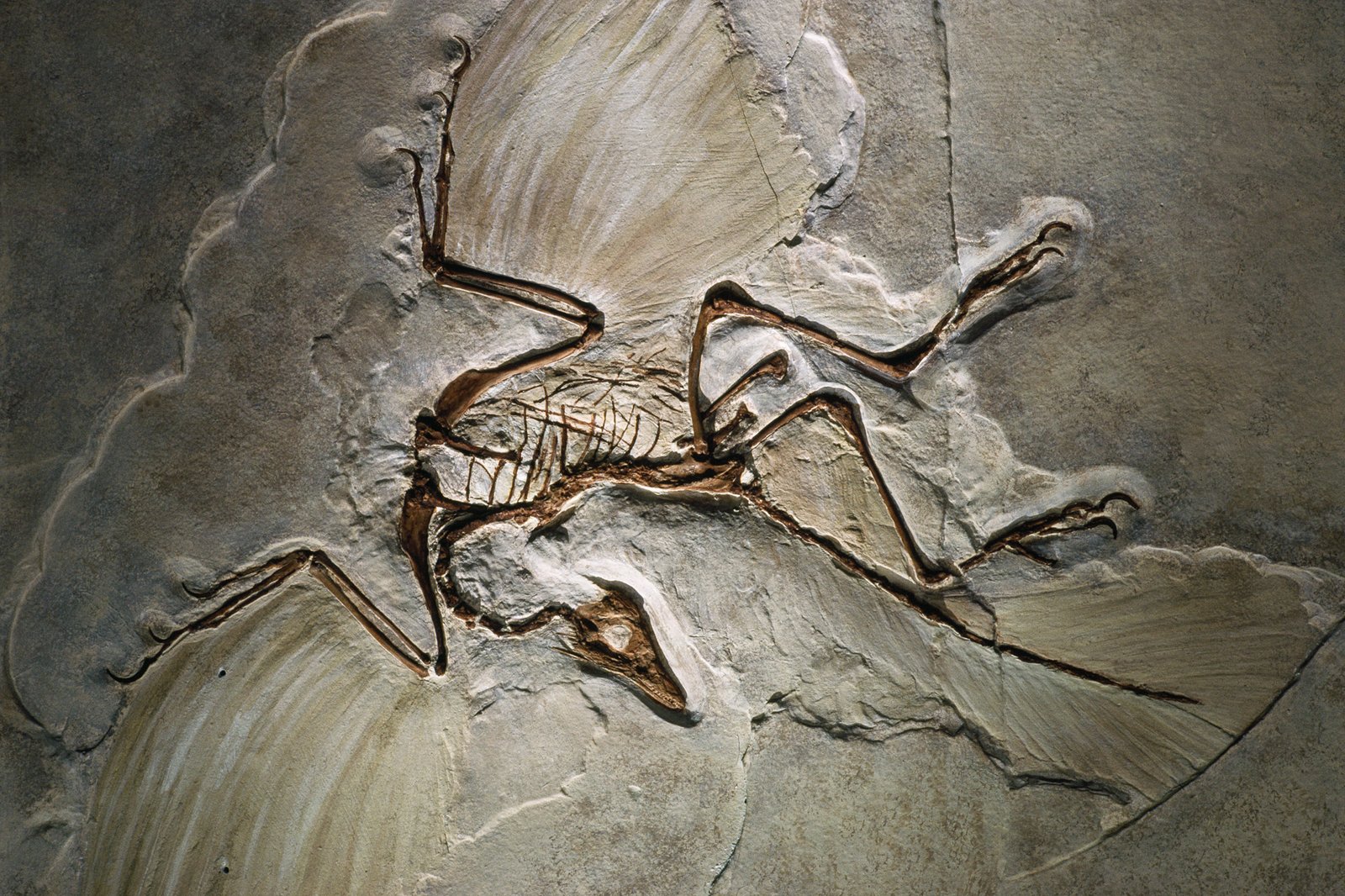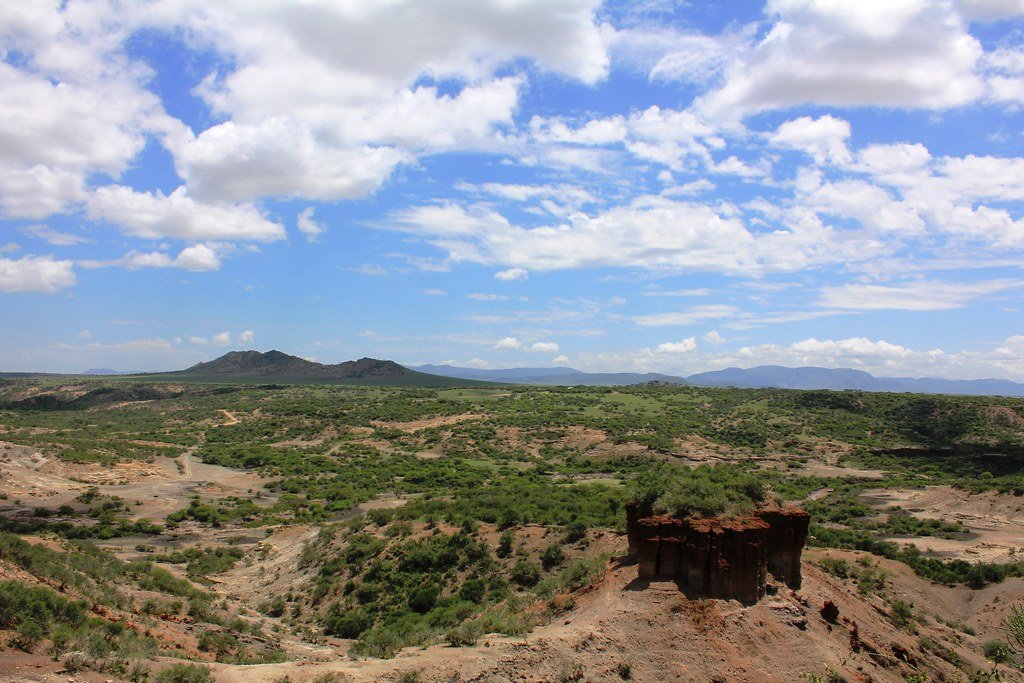Have you ever wondered what the world looked like millions of years ago? Imagine walking in a place where every rock could hold secrets of creatures long vanished, where ancient bones and imprints tell stories of life’s greatest mysteries. On World Heritage Day, we celebrate not just old monuments or stunning landscapes, but also the remarkable fossil sites that have completely transformed how we see the history of life on Earth. These sites are like time machines, inviting us to glimpse lost worlds and challenging everything we thought we knew about evolution, extinction, and survival. Prepare to be amazed as we journey through the most groundbreaking fossil sites—each a window into the marvels and tragedies of life’s deep past.
The Burgess Shale: A Cambrian Explosion in Stone

Hidden high in the Canadian Rockies, the Burgess Shale is one of the most astonishing fossil sites ever discovered. This rocky formation exploded into scientific fame because it preserved bizarre and delicate creatures from over 500 million years ago, a period known as the Cambrian Explosion. At Burgess Shale, paleontologists found creatures with spiny armor, strange appendages, and body shapes unlike anything alive today. These fossils revolutionized our understanding of early animal evolution, revealing that life’s diversity blossomed rapidly and chaotically in ancient seas. The incredible detail in these fossils allows scientists to study not only bones but soft tissues, eyes, and even stomach contents. It’s as if time itself paused to capture a snapshot of life’s earliest experiments. Without Burgess Shale, our picture of Earth’s early days would be unimaginably incomplete.
Olduvai Gorge: The Cradle of Humankind

In the heart of Tanzania’s grasslands, Olduvai Gorge stands as a monument to human origins. This deep ravine has yielded fossils and stone tools stretching back nearly two million years, including some of the first known members of the human family. When paleoanthropologists uncovered skull fragments and ancient tools here, it was as if a curtain lifted on our own prehistoric story. The discoveries at Olduvai showed that early humans walked upright, used tools, and adapted to harsh environments long before anyone imagined. For decades, this site has been a proving ground for theories about evolution, migration, and survival. Walking through Olduvai is like stepping into the very footsteps of our ancestors, feeling the thrill and challenge of life on the edge of survival.
La Brea Tar Pits: Death Traps and Ice Age Drama

Right in the heart of modern Los Angeles, the La Brea Tar Pits bubble with sticky black asphalt—a deceptive trap that once ensnared countless Ice Age beasts. Over tens of thousands of years, mammoths, saber-toothed cats, dire wolves, and even ancient bison stumbled into these pits, where they were preserved in astonishing detail. The fossils pulled from La Brea are so well-kept that scientists can study ancient injuries, diets, and even traces of DNA. These remains have painted a vibrant picture of the Pleistocene epoch, teeming with predators and prey locked in a daily struggle for survival. The tar pits also remind us that extinction can come suddenly, even to mighty creatures, and that our world is always changing beneath our feet.
Dinosaur Provincial Park: The Land of Giants
Alberta’s Dinosaur Provincial Park is a dreamland for anyone fascinated by dinosaurs. Here, badlands eroded by wind and water have exposed a treasure trove of bones from the Late Cretaceous period, about 75 million years ago. This site has given the world dozens of new dinosaur species—everything from towering tyrannosaurs to duck-billed herbivores. Paleontologists have pieced together entire ancient ecosystems, mapping out who ate whom and how these giants coexisted. The wealth and diversity of fossils at Dinosaur Provincial Park have made it a key reference point for understanding the age of dinosaurs. Walking among the sun-baked ridges, you can almost hear the distant roars and thunderous footsteps of creatures that once ruled the Earth.
Messel Pit: Secrets of a Lost Rainforest

Just outside Frankfurt, Germany, the Messel Pit is a window into a lush Eocene rainforest that flourished 47 million years ago. What makes Messel truly special is the extraordinary preservation of its fossils—entire skeletons of early horses, bats, birds, and even insects, sometimes with fur, feathers, and stomach contents intact. These fossils have turned Messel into a Rosetta Stone for understanding life after the dinosaurs. Scientists can trace the evolution of mammals, see the rise of new predators, and witness the beginnings of many modern animal lineages. The fossils are so detailed that they reveal ancient colors, diets, and even social behaviors, breathing life into creatures most of us could barely imagine.
Chengjiang Fossil Site: China’s Ancient Sea Monsters

The Chengjiang Fossil Site in Yunnan Province, China, is an extraordinary treasure from the Cambrian period, rivaling even the Burgess Shale. Discovered in the 1980s, Chengjiang stunned the scientific world with its beautifully preserved soft-bodied animals—some with long spines, some resembling worms, and others just plain bizarre. These fossils date back more than 520 million years, capturing the dawn of complex animal life. Chengjiang has helped scientists piece together the early tree of life, showing how many modern animal groups originated in a burst of evolutionary creativity. It’s a place where the ordinary laws of biology seem to bend, reminding us that evolution is often wild, unpredictable, and wonderfully strange.
Solnhofen Limestone: The Birthplace of Archaeopteryx

In the quiet quarries of Solnhofen, Germany, an extraordinary fossil changed everything: Archaeopteryx, the iconic “first bird.” These limestone beds, formed 150 million years ago, have preserved not only dinosaurs and marine life but also delicate imprints of feathers, wings, and even skin. The discovery of Archaeopteryx with its mix of reptilian and avian features provided the first hard evidence that birds are living dinosaurs. Solnhofen’s fossils are so exquisitely detailed that even the finest feather structures are visible, opening a window into the evolution of flight. This site bridges the gap between ancient reptiles and modern birds, forever altering the story of how life took to the skies.
Karoo Fossil Site: Witness to Mass Extinction

The vast Karoo region of South Africa is not just a fossil treasure trove—it’s a graveyard that chronicles one of the greatest catastrophes in Earth’s history. The rocks of the Karoo record the Permo-Triassic extinction, an event that wiped out over 90 percent of all species around 252 million years ago. Here, scientists have found fossils of ancient reptiles, mammal-like creatures, and early amphibians, many of which vanished in this global disaster. The Karoo’s fossil beds allow researchers to study how life was nearly snuffed out, and how a few survivors paved the way for new forms, including the ancestors of mammals. It’s a powerful reminder that life on Earth is both resilient and fragile, shaped by forces beyond imagination.
Monte San Giorgio: Life and Death in an Ancient Lagoon

On the border of Switzerland and Italy, Monte San Giorgio rises above a landscape that was once a tropical lagoon 240 million years ago. The fossils here are like a snapshot of marine life during the Triassic period, including fish, reptiles, and even early marine turtles. What makes Monte San Giorgio unique is the incredible completeness of its fossils—many animals are preserved with their last meals still in their stomachs. This site has allowed scientists to reconstruct entire food webs, understand ancient predator-prey relationships, and trace the rise of new marine species after a massive extinction event. The story of Monte San Giorgio is one of recovery, adaptation, and the relentless creativity of evolution.
Joggins Fossil Cliffs: A Forest Frozen in Time

On the windswept shores of Nova Scotia, the Joggins Fossil Cliffs reveal the remains of a 300-million-year-old coal forest. Towering lycopsid trees, giant insects, and early reptiles are preserved in layers of rock, capturing a time when massive swamps dominated the planet. Joggins is famous for its fossilized tree stumps, which sometimes hold the skeletons of animals that once lived inside them. This site provides a vivid picture of life during the Carboniferous period, when Earth’s first great forests transformed the atmosphere and laid down the coal that would one day fuel the Industrial Revolution. The cliffs are a testament to the power of plants to reshape the world and the intricate connections between life and the environment.
Green River Formation: The Art Gallery of Fossils

The Green River Formation, stretching across parts of Wyoming, Colorado, and Utah, is often called nature’s art gallery. These layered lake sediments, about 50 million years old, have produced breathtaking fossils of fish, birds, reptiles, and plants, many with extraordinary detail. Some fossils are so perfectly preserved that they look like delicate ink drawings on stone, capturing the fine bones of tiny fish or the delicate wings of ancient insects. The Green River Formation offers a window into a world of lush subtropical lakes, teeming with life and drama. It has helped scientists understand ancient climates, ecosystems, and the evolution of freshwater species in a way few other sites can match.
Closing Reflection

The world’s greatest fossil sites are more than just collections of ancient bones; they are living stories etched in stone, each with the power to surprise, inspire, and sometimes humble us. They whisper of vanished worlds, of strange creatures, and of the epic dramas that have shaped life’s journey across the ages. As we honor these sites on World Heritage Day, we are reminded of our responsibility to protect them—not just for science, but for the sense of wonder they awaken in all of us. How many more secrets might they still hold, waiting for curious eyes and open minds?



